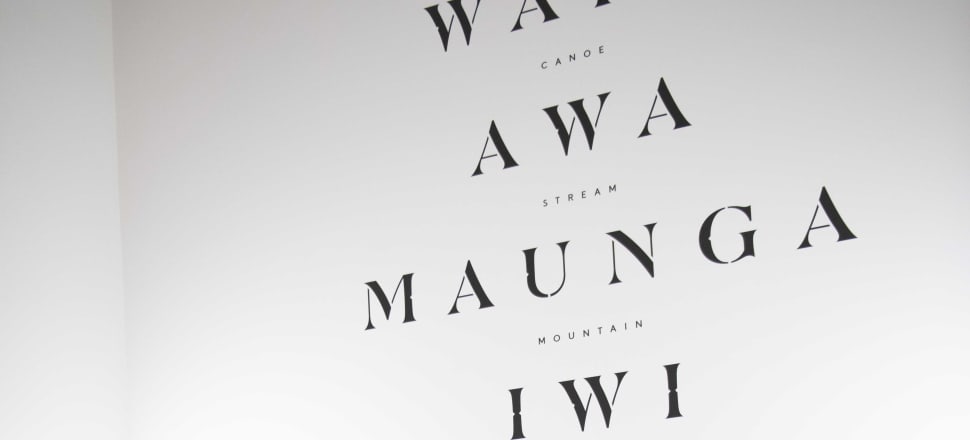
A pepeha is often thought of as an introduction, but as te reo Māori expert and teacher Stacey Morrison explains to The Detail, it's much more than that.
Have you ever said a pepeha?
Speaking from experience as a Pākehā man who hasn't really engaged much with te ao Māori in my life, it can be a bit nerve-wracking.
You want to engage, it's exciting and you're learning things - but you don't want to say the wrong thing. You don't want to be disrespectful. You don't want to embarrass yourself.
You have to think about things in a different way: what's my maunga, my mountain? What's my awa, my river? Where do I consider my home, my heritage? If I'm honest with myself, do I even really have a connection with these symbols and places? What do I mention and what do I leave out? Why am I actually doing this? Is it even appropriate?
The pepeha is an introduction - but also, it's more than an introduction, as te reo Māori advocate and teacher Stacey Morrison explains.
"Pepeha is about where you come from, where you connect to.
"When we say pepeha, it's to give the listener a different perspective on who you are, where you come from: who are your people? What is your place? Where is your mountain? What is your river?
"I'm offering you a way of letting you know about me that's deeper than just me."
Often, pepeha are delivered at formal occasions: they tell your audience about where your ancestors come from, and who they are; what marae you have an affinity with; the mountain and the river that you feel are a part of yourself.
But there are different perspectives when it comes to non-Māori and pepeha: many Māori feel uncomfortable about tauiwi claiming mountains or rivers as a part of them, and, while encouraging this interest and involvement, advocate different pepeha for non-Māori.
"I don't think we should prescribe that Pākehā have to do pepeha," Morrison says.
"And I do see pepeha tools and interactives ... and that's fine if you feel comfortable with it. But then you're going to have to deliver it and be comfortable about that.
"The personal part about your identity is very specific and, I think, to be honoured, for that person.
"The way that we speak to it is tikanga Māori, which is pepeha.
"When we enter that space, I think the best way to do that is with humility: if I am going to follow this format, I'm going to do the work that reflects my understanding, and my expression of my identity, and to sit in that discomfort, and to go - gosh, if this is bringing out feelings in me, what else do I need to know?
"I think that's a really energising way to be ... the more conversations we have like this, the richer and the stronger we become in knowing who we are, how that's evolving, and how exciting that is."
Find out how to listen and subscribe to The Detail here.
You can also stay up-to-date by liking us on Facebook or following us on Twitter.








